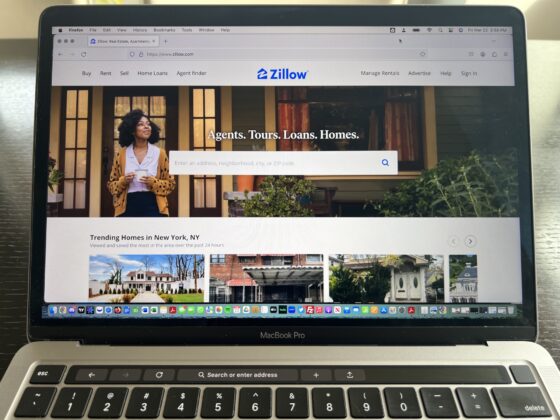Table of Contents Show
Obtaining an appraisal is an essential step in buying a co-op. The lender requires one for purchases and refinancing. So naturally, the financial institution wants to make sure it is not overextending you on loan concerning the collateral and wants you to adhere to specific ratios, such as loan-to-value. While the co-op appraisal process shares certain commonalities with other building types, such as a condo, there are notable differences.
Before delving into how appraisers assess a co-op, it is essential to note that the process is an art and science since they try to determine fair market value. In other words, there is no magic formula that correctly quantifies a co-op’s (or different property types, for that matter) market value.
With that cautionary advice, we discuss co-op appraisals.
The buildingThe building
Appraisers note the building’s factors. It starts, like most things in real estate, with the location. There are prestigious, well-known co-op buildings; 998 Fifth Avenue, 1040 Fifth Avenue (Jackie Kennedy Onassis was a famous occupant), right by the Metropolitan Museum of Art, 740 Park Avenue star-studded The Dakota new, just a few. These are not only prestigious buildings, but units receive a high appraisal due to their prime locations. Buildings close to transportation, shopping, and a park are also worth more.
Aside from location, other factors go into the appraisal, including the building’s age and condition. This leads to the professional appraiser examining how well a building has been maintained, a prime consideration. The unit you are considering for purchase may have everything you desire, but an appraiser will knock the valuation down if a building appears not to have been appropriately maintained. It does not necessarily have to have all the latest amenities, but management should have done renovations and continuous upkeep.
If your building has a doorman or concierge, the appraisal will positively reflect these things.
The unitThe unit
Once the appraiser has done the necessary work on the building, they can turn their attention to the individual unit. Comparable sales, or comps in real estate parlance, is the most commonly used measure. The appraiser tries to get as close a match to the unit you are considering. Ideally, they use like-kind units, similar in size in the same building (the same floor or unit line is best). Higher floors’ apartments are typically worth more, particularly when it affords a view break. Generally, what the apartment looks out to affects the value and shares held. For instance, if the apartment has a view of the water or park, that increases the valuation. The board of directors bases the number of shares on square footage and these other factors.
However, this is only a starting point since not always are two co-op units are exactly alike. In addition, the individual apartment may have certain features that add or detract value.
Square footage dilemmaSquare footage dilemma
Square footage is an important consideration, but it is challenging for appraisers. For example, in a co-op, the square footage in the listing, when provided, is the actual size of the apartment. Thus, it differs from a condo, which includes the common areas’ pro-rata share.
Even when a co-op’s square footage is available in the listing, it is often unreliable and, as always, an (approx), however. The listing agent or person preparing the floorplan calculates this information, but it is usually not objective. Instead, they may use their estimate or rely on the seller’s information.
Beyond that, the appraiser now digs into other factors. These include the floor, views, and kitchens/bathrooms. For the latter, the number and whether the unitholder has updated them affect the value.
Other factorsOther factors
How well a co-op is, managed has a significant impact on the appraisal. One that is well-managed with strong financials creates more desirable units. Hence, these are worth more. Conversely, a building in financial straits has a lower valuation. For example, if there is an insufficient reserve fund or feel maintenance fees will go up, the appraised value will lower.
Maintenance fees count, too. A building with higher monthly maintenance turns off buyers, and the decreased demand means a lower appraisal.
Next stepsNext steps
Once the appraiser comes back with their report, your subsequent actions depend on the value they concluded.
The lender feels the collateral (i.e., co-op shares) is adequate and will extend you a mortgage, providing your financial information is in order. If the co-op’s value is the same or less than your proposed purchase price, you do not have to do anything. Then, you can move ahead, feeling good that you are not overpaying.
When the co-op unit’s value comes in lower than your offer price, you have a couple of options.
You can pay the extra cash. After all, the bank doesn’t care what you pay, but it will only extend you a loan based on the co-op’s current fair market value. Otherwise, you can go back to the seller and renegotiate. You can argue that a professional appraiser has provided you with ammunition that the unit is overpriced.
In these cases, your following action depends on you. But, you can rely on your exclusive buyer’s agent for advice.







